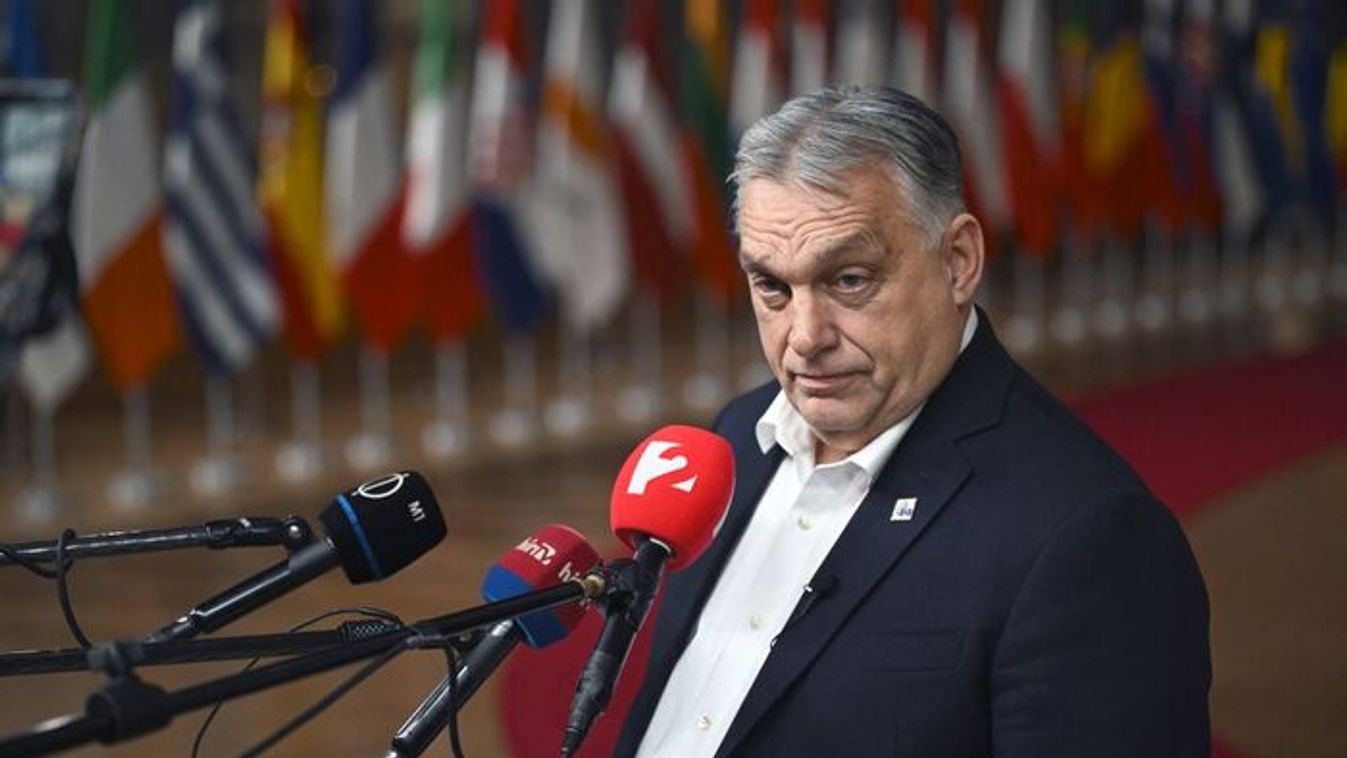„World leaders have flown in first class to the United Nations this week to discuss global poverty over cocktails at the Waldorf Astoria. The U.N. set eight landmark antipoverty objectives in 2000, so this year’s General Assembly is reviewing how we’re doing after a decade. We’re off-track on most of these Millennium Development Goals, so let me offer three suggestions for how the humanitarian world might do better in framing the fight against poverty: First, boast more.
Humanitarians have tended to guilt-trip people and governments into generosity by peddling emaciated children with flies on their eyes. But relentless negativity leaves the inaccurate impression that Africa is an abyss of failure and hopelessness. And who wants to invest in a failure? In fact, here’s the record: antipoverty work saves around 32,000 children’s lives each day. That’s my calculation based on the number of children who died in 1960 (about 20 million) and the number dying now (about 8 million a year).
Twelve million lives saved annually — roughly one every three seconds — is a reminder that global poverty needn’t be a depressing topic but can be a hopeful one. Ancient scourges like Guinea worm, river blindness and polio are on their way out. Modern contraception is more common than a generation ago. The average Indian woman has 2.6 children now, compared with 5.5 in 1970. That doesn’t mean overselling how easy it is to defeat poverty. In their zeal to raise money, activists sometimes elide the challenges of corruption and dependency — and mind-boggling complexity. Helping people in truth is far harder than it looks.”










